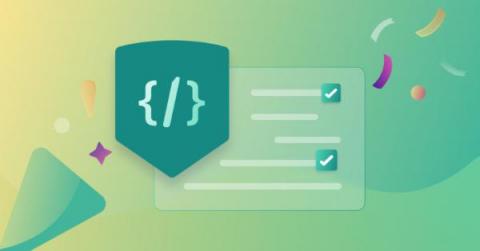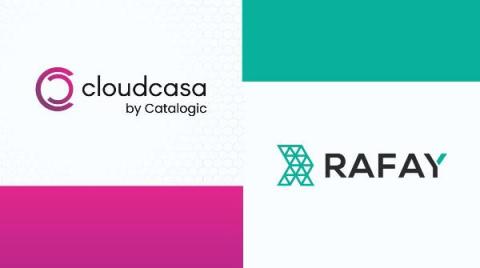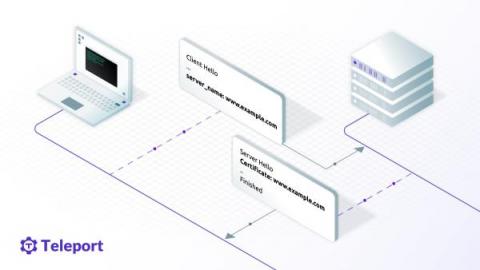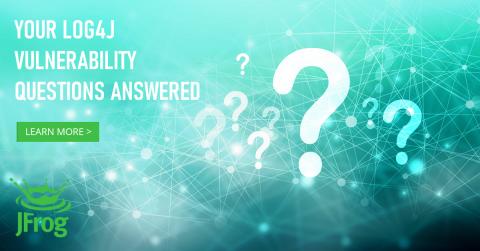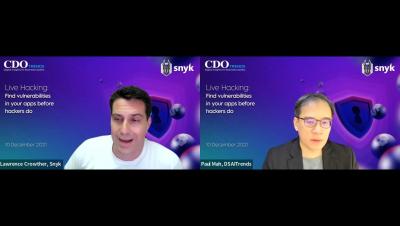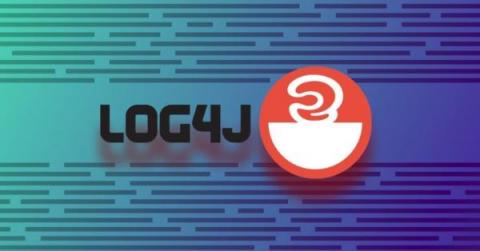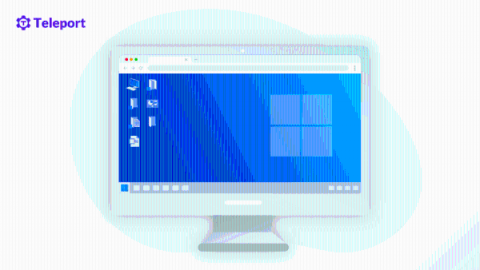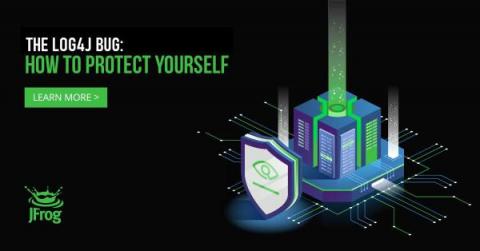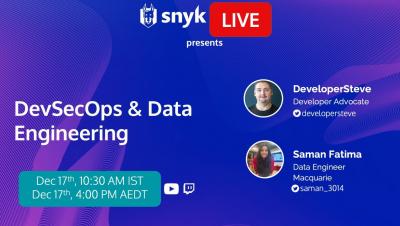Snyk Code in 2021: Redefining SAST
Starting in early 2021, Snyk Code and became available as a freemium offering for Snyk users. Snyk Code helps developers quickly and accurately find, prioritize, and fix security flaws in proprietary code. With detailed remediation guidance at every stage of the software development lifecycle (SDLC), from the developer’s environment (IDE) to continuous integration and development (CI/CD) pipelines, Snyk Code revolutionizes static application security testing (SAST).


